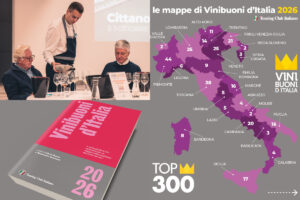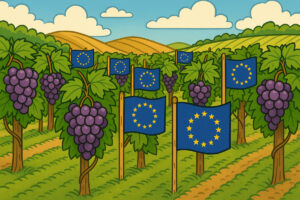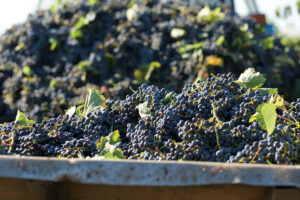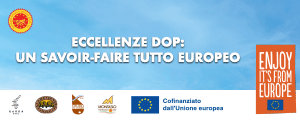In the first five months of 2022, shipments of Italian wine abroad show no signs of decelerating, exceeding the 3 billion euro quota, up by 14.2% on the same period of 2021 and, even more interestingly, by 21.3 % on 2019, the last year before the pandemic started, as reported by the Istat data updated to May 2022, analyzed by WineNews. The unknown factor is represented by inflation, which in Italy, in May, had reached + 6.9%, with the wine sector facing not only an increase in energy costs, but also the lack of materials such as bottles, caps, labels, and cartons. On the one hand, therefore, the direct effects of the Russian war in Ukraine, and its enormous geopolitical consequences, on the other an economy that still seems to be paying for the slowdowns, delays, and stops of the Chinese giant, still grappling with the struggle without quarter to the Covid-19 pandemic, from which the West seems to have freed itself. The most important data to underline is undoubtedly that of Great Britain, the historical partner of the beautiful country, where the recovery is now widely consolidated. On the contrary, but without any surprise, the decline of Russia and China does not stop.
Analyzing the individual markets, and starting as usual with the closest ones, the figure for France immediately stands out: 115.3 million euros, 44% more than in the first five months of 2021. Switzerland is also doing well, at 175, 5 million euros, up 4.8%, as was Austria, which imported 51.2 million euros of wine from Italy in May 2022, 26.7% more than in the same period of 2021. After a period of substantial stagnation, Italian wine is also growing again in Germany, where the slowdown in large-scale distribution does not seem to have slowed down overall shipments, which reached 471.7 million euros, 5.8% more than in the first five months. 2021. The Belgian market is still very lively, worth 90 million euros, up 26% on 2021. The Netherlands is also doing very well, with 94.5 million euros of Italian wine imported in the first 5 months of 2022, + 12.1% more than in 2021.
As anticipated, the most comforting figure, because it marks the recovery of a historic partner, which has come from difficult and uncertain years, between Brexit and the pandemic, is precisely that of Great Britain, which imported 294 million euros in the first 5 months of 2022, of Italian wine, 27.2% more than in 2021. Confirmations also come from the countries of Northern Europe, starting with Denmark, with 70.7 million euros of wine exported (+ 14%), but also Norway which is as well increasing, at 47.3 million euros (+ 9%), and Sweden, at 87.5 million euros (+ 7.5%).
The collapse of Russia is expected, which close the first 5 months of 2022 with 32.7 million euros of imported Italian wine (-30.9%). It is not the sanctions, which concern only the bottles that are worth more than 300 euros, that are holding back trade with Moscow, but the economic difficulties of Russia and the political opportunity, net, possibly, of triangulations with other countries. China is also going bad, with 48.4 million euros (-10.3%): that of the Dragon is an increasingly difficult market and will be even more so in the coming months, with the escalation in Taiwan and the strengthening of the axis between Beijing and Moscow.
The trend of the United States is in the opposite direction, importing 769.5 million euros of Italian wine in the first 5 months of 2022, 12.5% more than in 2021. Nor does Canada stop, which is actually increasing 20.4%, to 170.5 million euros. Finally, told about China, the other Asian markets also show a sharp slowdown, with the exception of Japan, the country closest to the West, up by 17.3% to 77.7 million euros. Hong Kong loses 10.2%, and stops at 11.4 million euros of imported Italian wine, while South Korea, which seemed destined for non-stop growth, stays on the ground, in the first 5 months of 2022, 2.1%, stopping at 36.3 million euros of imported Italian wine.
Copyright © 2000/2025
Contatti: info@winenews.it
Seguici anche su Twitter: @WineNewsIt
Seguici anche su Facebook: @winenewsit
Questo articolo è tratto dall'archivio di WineNews - Tutti i diritti riservati - Copyright © 2000/2025









































































































































































































